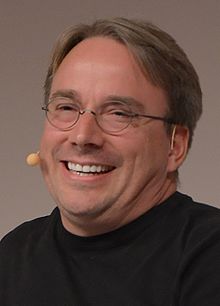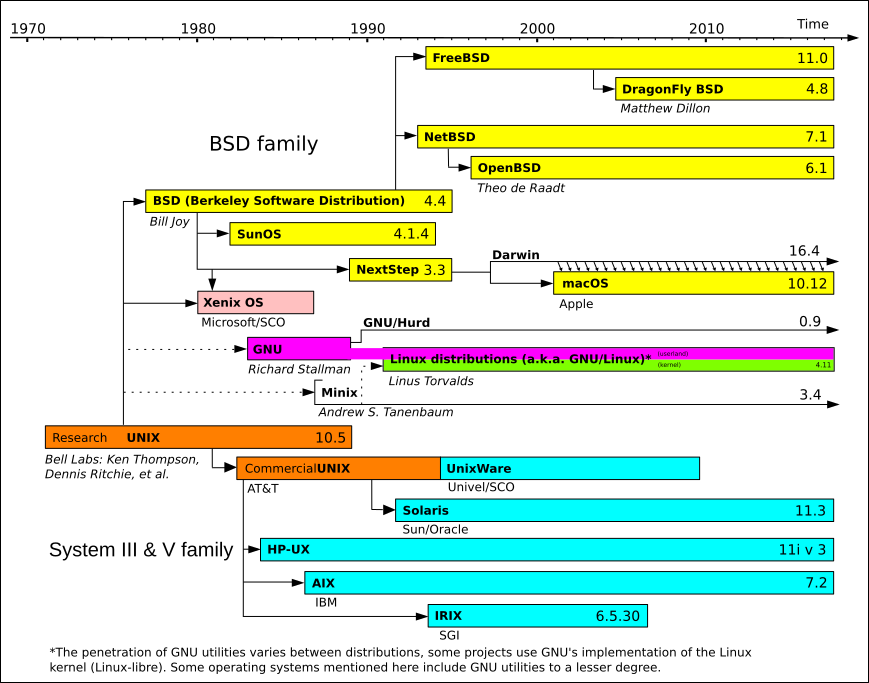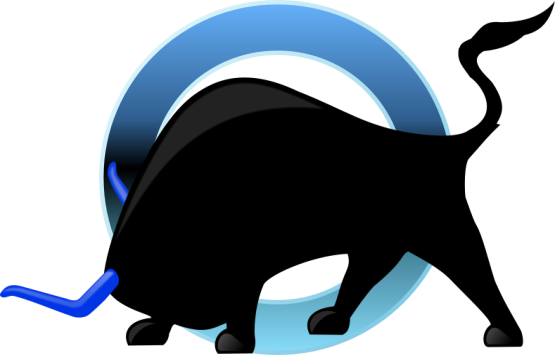| Previous
Page |
PCLinuxOS
Magazine |
PCLinuxOS |
Article List |
Disclaimer |
Next Page |
Linux! Twenty-six Years Old!!! |
|
by Meemaw According to Wikipedia's, The History of Linux:
The history of Linux began in 1991 with the commencement of a personal project by Finnish student Linus Torvalds to create a new free operating system kernel. Since then, the resulting Linux kernel has been marked by constant growth throughout its history. Since the initial release of its source code in 1991, it has grown from a small number of C files under a license prohibiting commercial distribution to the 4.2.3 version in 2015 with more than 18 million lines of source code under the GNU General Public License, v2.
On August 25, 1991, computer science major Linus Torvalds posted the following on the comp.os.minix Usenet newsgroup:
Hello everybody out there using minix -
However, there were a few things that happened first, so that our wonderful Linus Torvalds could create his project. Let me list a few: 1969 - 1970: Ken Thompson and Dennis Ritchie, working for AT&T Bell Labs, designed and implemented Unix. 1972: First release of the C programming language, also developed by Dennis Ritchie at AT&T Bell Labs. Unix is rewritten using C, which has become the preferred programming language used by Linus Torvalds. 1977: BSD, a Unix like operating system based on the 6th edition of Unix from AT&T, was developed at UC Berkeley. Since BSD contained some code owned by AT&T, a lawsuit was filed in the 1990s, hindering development and adoption of BSD. 1983: Richard Stallman started the GNU project, also writing the GNU General Public License (GPL). 1986: Maurice T. Bach, of AT&T Labs, published a book titled The Design of the Unix Operating System.1987: Andrew S. Tanenbaum released MINIX, which was a Unix-like system intended for academic use. With the advent of the 80386 processor developed by Intel, the stage was set for Torvalds to want to adapt Minix, a free Unix-like system for academic use, into a system he could use on his own personal computer. Linux, which was originally going to be called Freax (a play on the words Free, Freak and Unix), contained no code from Minix, and was written from the ground up by Torvalds, using a monolithic kernel (as opposed to Minix's modular style of kernel).  Torvalds did point out a few years ago on his Google+ stream that most people associate the “birth” of Linux with his initial announcement on August 25, 1991. However, he goes on to point out that the actual code dump for Linux 0.01 didn't actually occur until a couple of weeks later. From there, of course, we know how Linux has spread, from the first distributions being written in 1992 (Slackware), to Mandriva in 1998, to our own Texstar branching out and establishing PCLinuxOS in 2003, to today, where there are over 60 million Linux users, by some estimates.  By Guillem, Wereon, Hotmocha (copied from old version's history)Christoph S. (redrew the image with Inkscape) - Original image: Image:Unix.png, Public Domain, https://commons.wikimedia.org/w/index.php?curid=1667764 1996: Torvalds announced that the official mascot for Linux would be a penguin. As they were trying to decide on a mascot, he was bitten by a penguin while visiting the National Zoo & Aquarium in Australia. A fellow programmer named Larry Ewing, did the original drawing of a penguin, which is the Tux we all know today.  2001: Just for Fun: The Story of an Accidental Revolutionary is an autobiography written by Linus Torvalds and David Diamond, describing his Linux journey. 2003: PCLinuxOS is born! Thanks, Texstar!  2013: Android claims 75% of the smartphone market share. FACTS (also from Wikipedia):
Linux was originally developed for personal computers based on the Intel x86 architecture, but has since been ported to more platforms than any other operating system.
I've been using Linux since 2006, specifically, PCLinuxOS since 2006 (once I got here, I stayed!) I'm amazed at the many changes in Linux which have taken place in only 26 years! Happy Birthday, Linux! |


